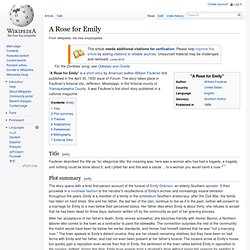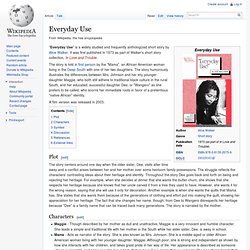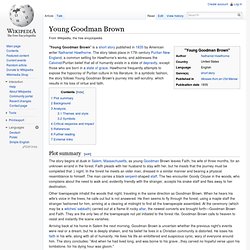

‘The Storytelling Animal,’ by Jonathan Gottschall. These questions animate “The Storytelling Animal,” a jaunty, insightful new book by Jonathan Gottschall, who draws from disparate corners of history and science to celebrate our compulsion to storify everything around us.

There are several surprises about stories. The first is that we spend a great deal of time in fictional worlds, whether in daydreams, novels, confabulations or life narratives. When all is tallied up, the decades we spend in the realm of fantasy outstrip the time we spend in the real world. As Gottschall puts it, “Neverland is our evolutionary niche, our special habitat.” A second surprise: The dominant themes of story aren’t what we might assume them to be. The same applies to our nighttime hallucinations. What do these observations reveal about the function of story? But storytelling may run even deeper than that. This is not a new observation, but nowadays we have a better understanding of why it’s true.
Story not only sticks, it mesmerizes. Morgan Harris - Philip Zimbardo: Why ordinary people do evil ... or do good. Gaucho by Dave Matthews Band. Escher's etchings. Talking Heads - Crosseyed And Painless. David Byrne Interview. A Rose for Emily. "A Rose for Emily" is a short story by American author William Faulkner first published in the April 30, 1930 issue of Forum.

The story takes place in Faulkner's fictional city, Jefferson, Mississippi, in the fictional county of Yoknapatawpha County. It was Faulkner's first short story published in a national magazine. Title[edit] Faulkner described the title as "an allegorical title; the meaning was, here was a woman who has had a tragedy, a tragedy and nothing could be done about it, and I pitied her and this was a salute ... to a woman you would hand a rose. Plot summary[edit] The story opens with a brief first-person account of the funeral of Emily Grierson, an elderly Southern spinster. After her acceptance of her father's death, Emily revives somewhat; she becomes friendly with Homer Barron, a Northern laborer who comes to the town as a contractor to pave the sidewalks. Themes[edit] Resistance to change: Perhaps the most recurrent theme in the story. Texas Woman Lives With Husband's Corpse. Everyday Use. "Everyday Use" is a widely studied and frequently anthologized short story by Alice Walker.

It was first published in 1973 as part of Walker's short story collection, In Love and Trouble. The story is told in first person by the "Mama", an African American woman living in the Deep South with one of her two daughters. The story humorously illustrates the differences between Mrs. Johnson and her shy younger daughter Maggie, who both still adhere to traditional black culture in the rural South, and her educated, successful daughter Dee, or "Wangero" as she prefers to be called, who scorns her immediate roots in favor of a pretentious "native African" identity.
A film version was released in 2003. Plot[edit] The story centers around one day when the older sister, Dee, visits after time away and a conflict arises between her and her mother over some heirloom family possessions. Characters[edit] Symbol[edit] One symbol found in this short story is the quilt. Young Goodman Brown. "Young Goodman Brown" is a short story published in 1835 by American writer Nathaniel Hawthorne.

The story takes place in 17th century Puritan New England, a common setting for Hawthorne's works, and addresses the Calvinist/Puritan belief that all of humanity exists in a state of depravity, except those who are born in a state of grace. Hawthorne frequently attempts to expose the hypocrisy of Puritan culture in his literature. In a symbolic fashion, the story follows Young Goodman Brown's journey into self-scrutiny, which results in his loss of virtue and faith. Plot summary[edit] Other townspeople inhabit the woods that night, traveling in the same direction as Goodman Brown. Arriving back at his home in Salem the next morning, Goodman Brown is uncertain whether the previous night's events were real or a dream, but he is deeply shaken, and his belief he lives in a Christian community is distorted. Background[edit] Analysis[edit] Themes and style[edit] God In America - Inside the tumultuous 400-year history of the intersection of religion and public life in America.
The Last Stop by Dave Matthews Band on Spotify. "Hills Like White Elephants" Hypertext. ProjectImplicit.